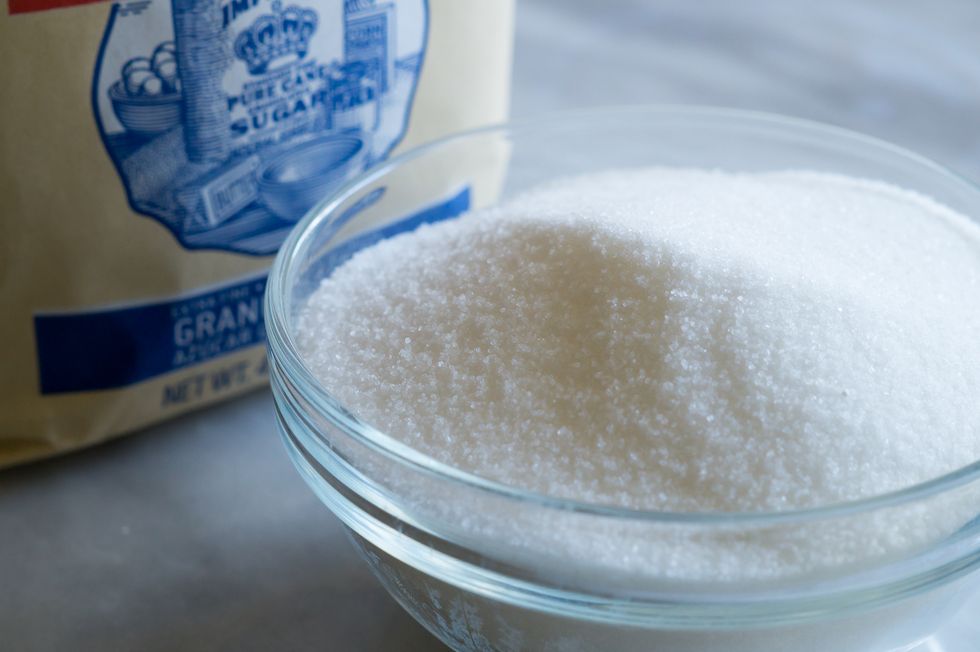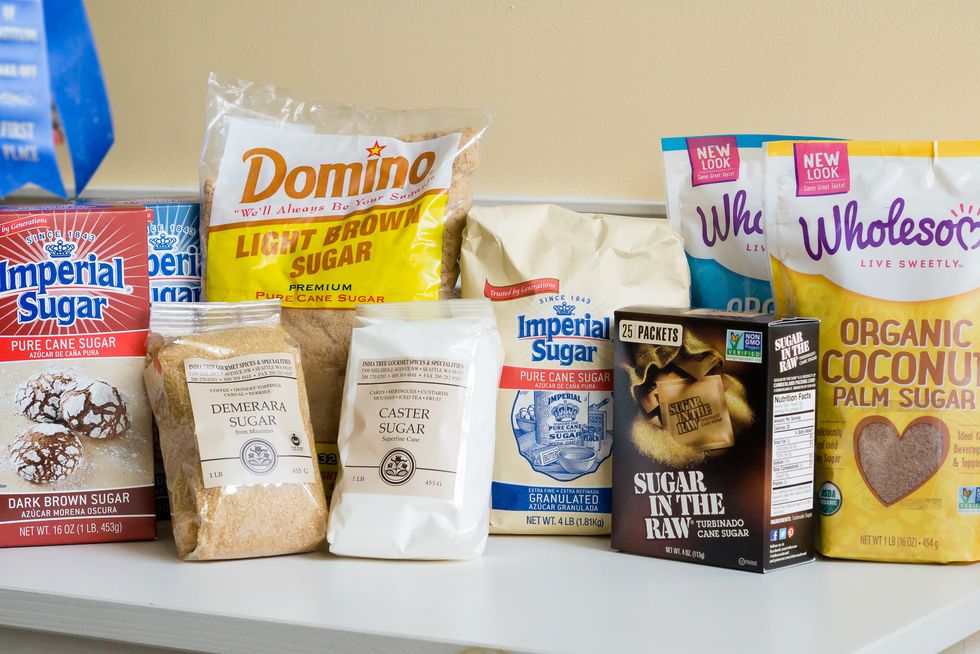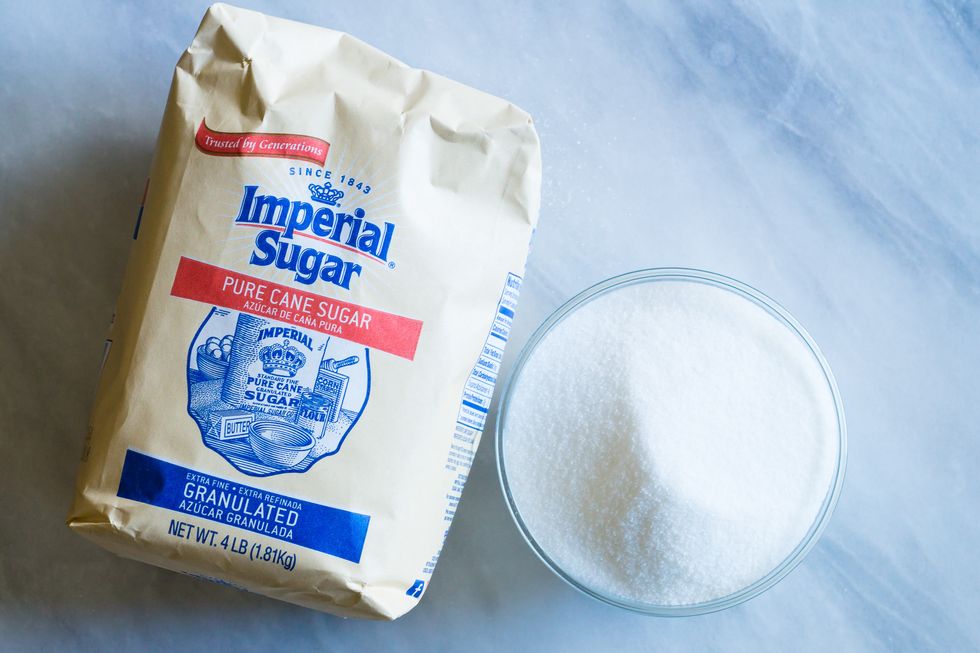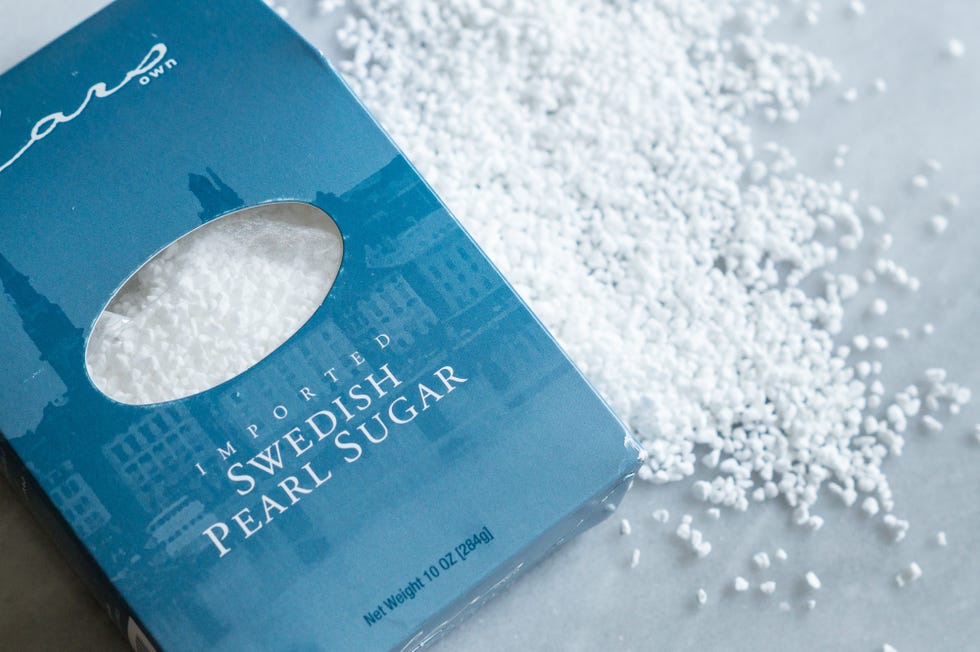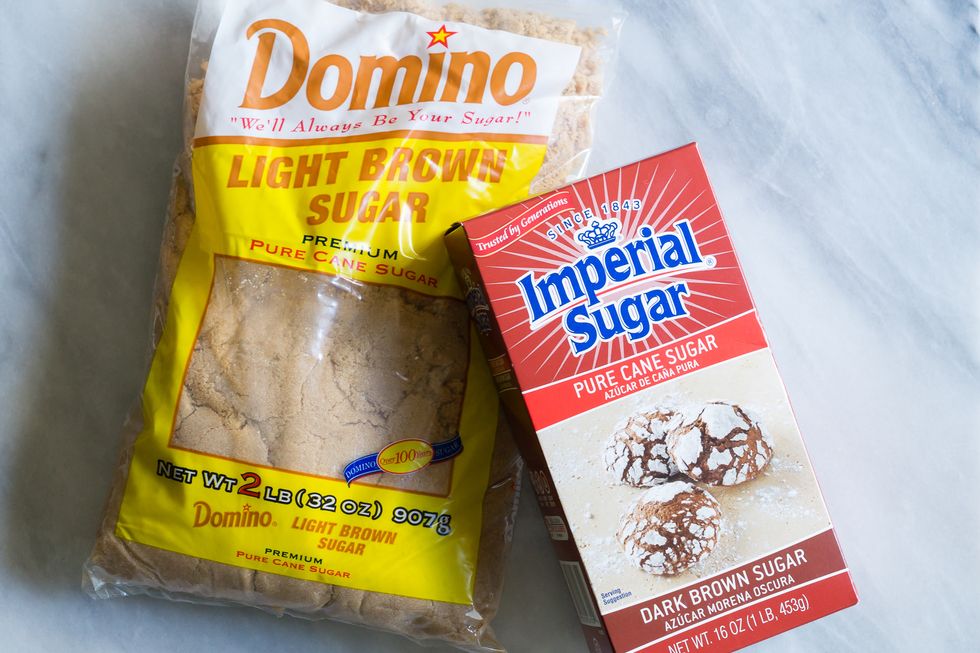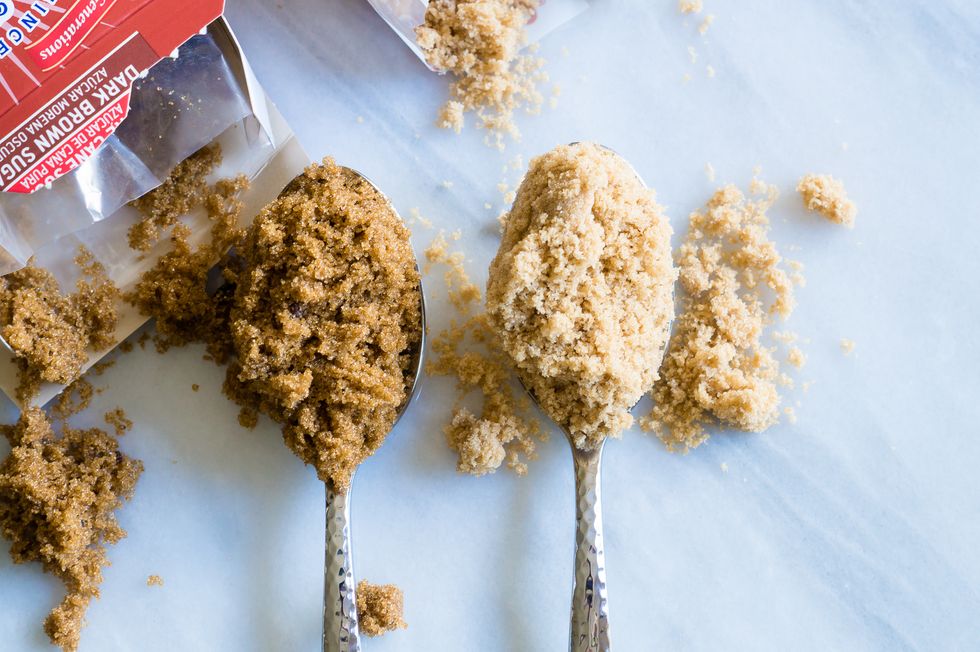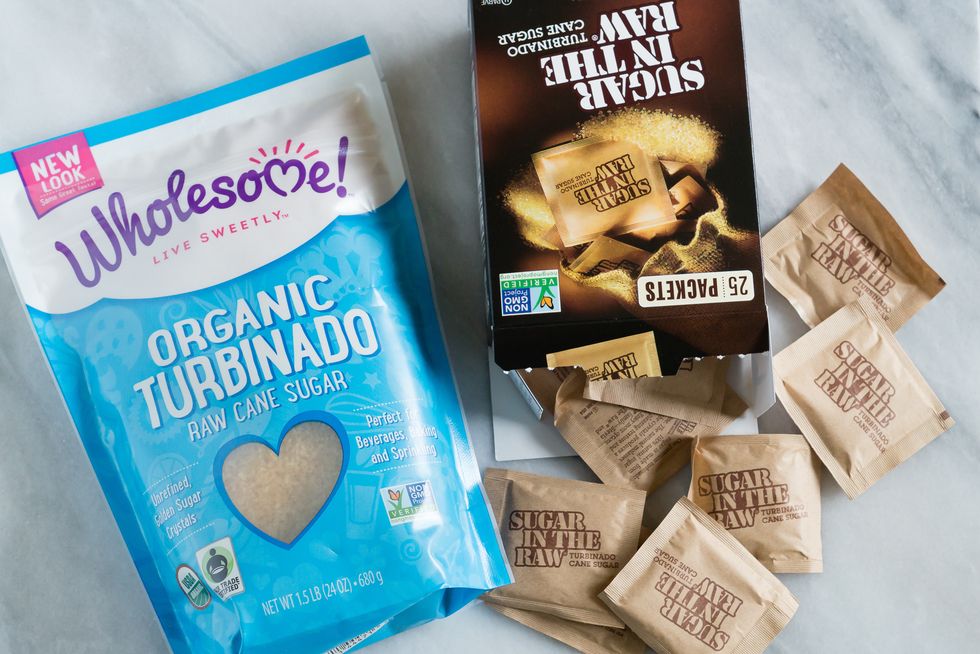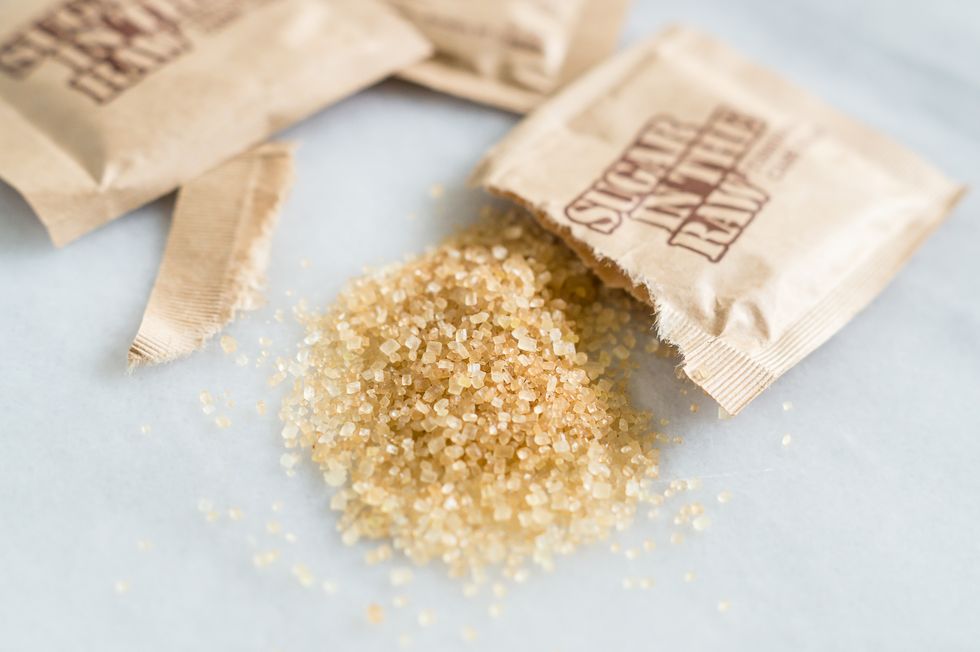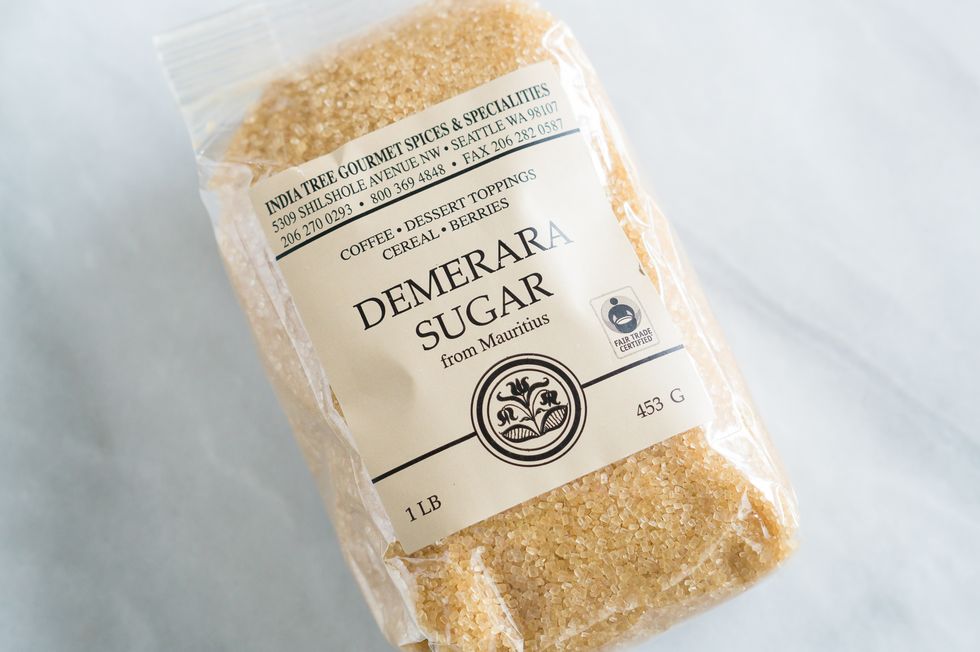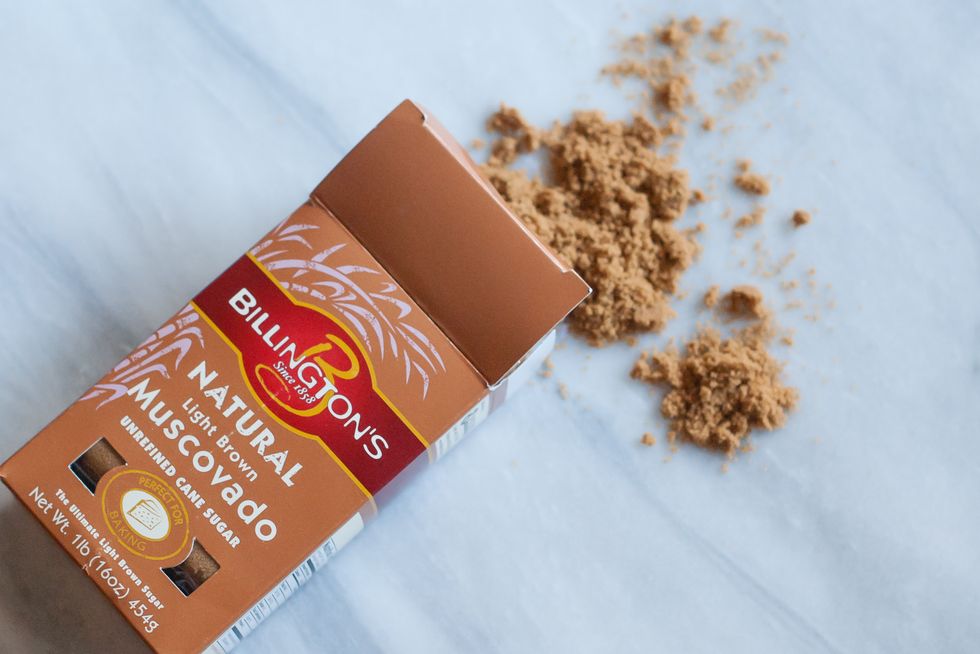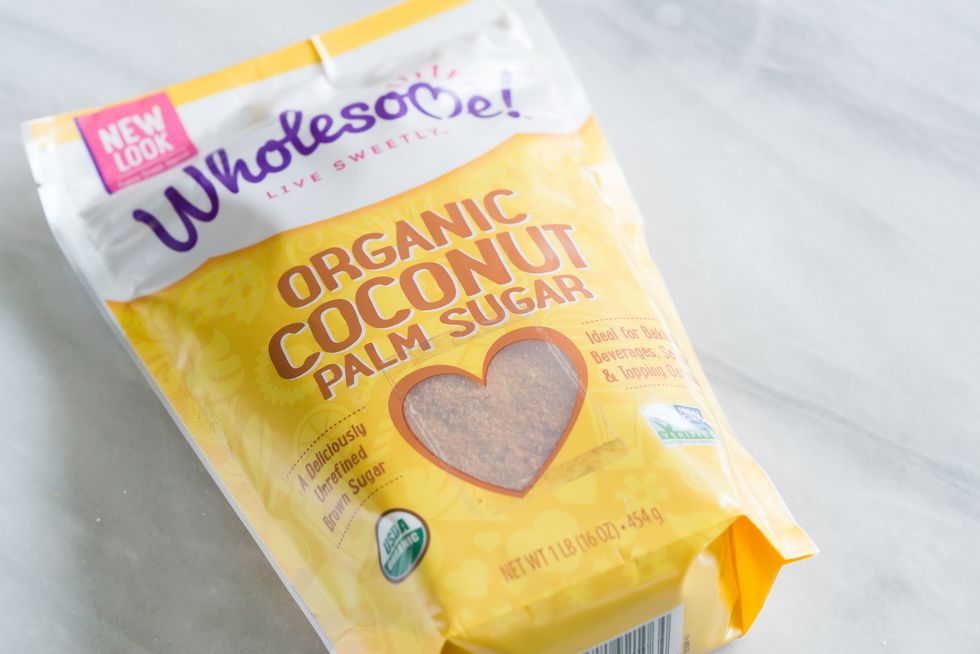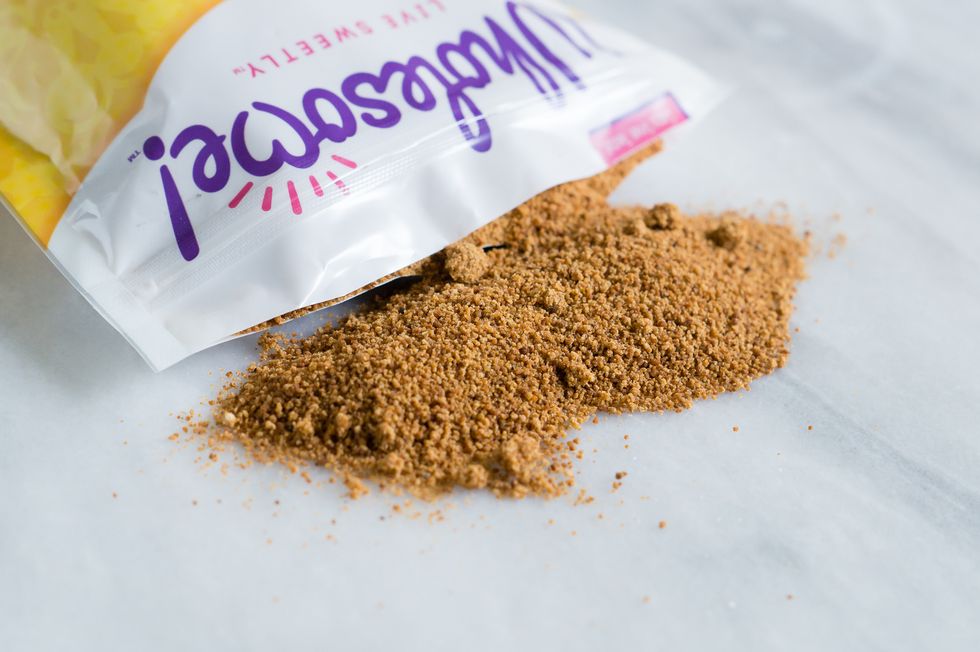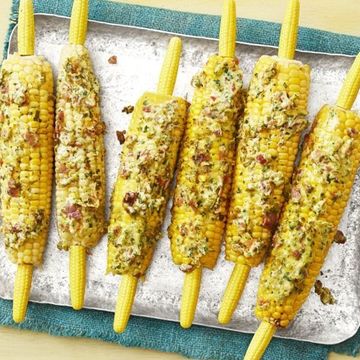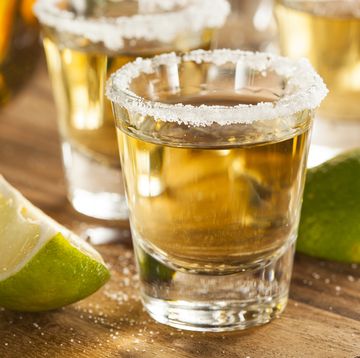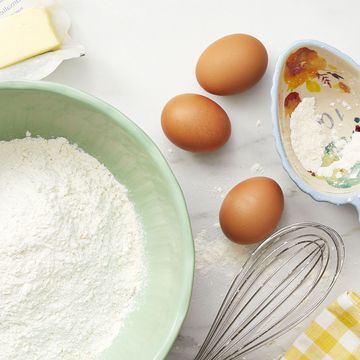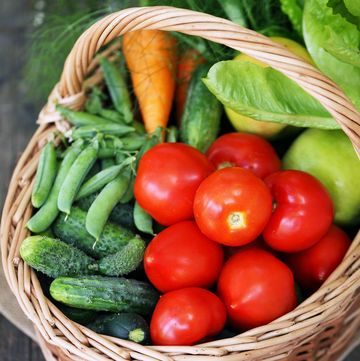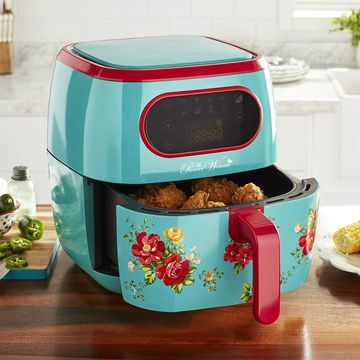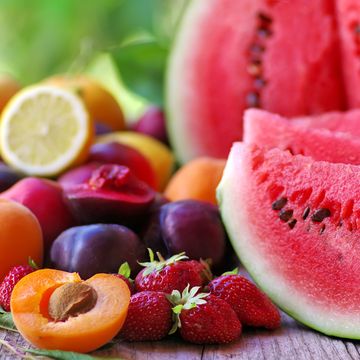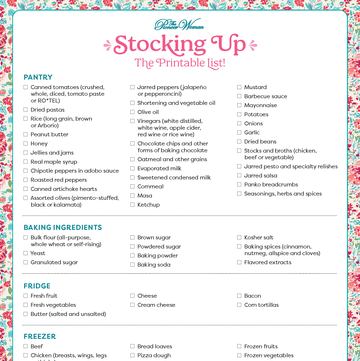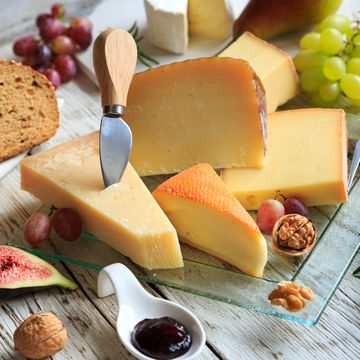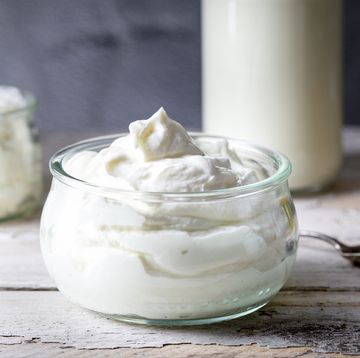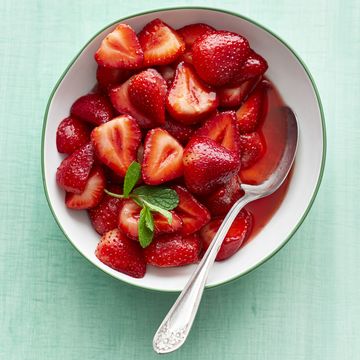I could talk about (and eat) sugar all day. Sugar is my love language.
Let’s talk about several different sugars. With the one exception, all of the sugars on this list are cane sugars, meaning they’re made from sugar cane. What I didn’t know until I started writing this post is that sugar cane is a grass. The canes are harvested, leaving the roots, so that the plant can grow again. Pretty cool.
I always look for “Pure Cane Sugar” when buying sugar. Sugars without this designation could be made using sugar beets (not to be confused with the vibrant red beets we’re used to eating).
Note: Most recipes, especially older ones, are tested using cane sugar. While very similar to cane sugar, beet sugar may not give the same results.
1 - Granulated Sugar
I’m guessing every one of us has a canister, box, jar, or bag of granulated sugar in our kitchen. This is the stuff we borrow a cup of from our neighbor. Granulated sugar is a workhorse. With its fine crystals and pale color, when you see a recipe that calls for “sugar,” this is it.
2 - Powdered Sugar
It’s so fluffy! (Name that movie.) You’ll also find this labeled as confectioners’ sugar or icing sugar. Powdered sugar is soft, fluffy, and powdery, and contains cornstarch to prevent clumping. The 10X designation—what you’ll find in the grocery store—refers to the texture of the sugar. 10x is the finest. Use powdered sugar for frostings, icings, and dusting. Because of the texture and added cornstarch, use only in recipes calling specifically for it. (Want more info on the cookies on that box? Read all about it!)
3 - Caster/Castor/Superfine Sugar
Somewhere between granulated and powdered sugar is caster, or superfine, sugar. Caster sugar is granulated sugar ground extra fine. It dissolves easily, so it’s perfect for making cocktails, but it’s also great for baking tender cakes. You can make caster sugar at home by giving granulated sugar a whirl in the food processor. Just be sure not to go too far, or you’ll end up with powdered sugar.
4 - Pearl Sugar
Pearl sugar is used for decorating baked goods, and is especially popular in Scandinavia. Pearl sugar keeps its shape and won’t melt in baking.
5 - Light/Dark Brown Sugar
What we find in the grocery store labeled as brown sugar is actually granulated sugar with added molasses. Not only does brown sugar add a deeper flavor than granulated sugar, it also adds moisture. Swap out some or all of the granulated sugar in a recipe for a softer result. Dark brown sugar has more molasses and a stronger flavor. Brown sugar can generally be substituted 1:1 for granulated sugar.
6 - Turbinado Sugar
A coarse-grained, beautiful sugar that is less processed than granulated sugar. Unlike typical brown sugar, molasses is not added in—it has been left in. That’s what gives turbinado its brown color. Large, crunchy crystals are pretty for sprinkling on cookies or muffins, and just the ticket to top crème brulee.
Do you grab Sugar in the Raw for your tea or coffee? That’s turbinado. It can be used in baking at a 1:1 ratio for granulated or brown sugar.
7 - Demerara Sugar
This is the English version of turbinado: coarse grains with a pretty sparkle and light brown in color. Use in the same way you would turbinado.
8 - Muscovado Sugar
Similar in texture to the more common brown sugar, muscovado is moist, sticky, and best measured in “packed” cups like brown sugar. Unlike everyday brown sugar, muscovado never has its molasses removed. Substitute for brown sugar in any recipe and be prepared for a deeper, richer flavor. I dream about these Iced Muscovado Caramel-Nut Blondies. Muscovado can be hard to find in stores, so look for it online.
9 - Coconut Sugar
Now we get to the non-cane sugar item on our list. Coconut sugar has become hugely popular in the past couple of years. It’s made from the nectar of the coconut palm tree flower. The resulting sugar is warm and decidedly toasty. It’s also dry, so it’s best used in applications where the rest of the batter or dough is quite moist. If you’re looking for a recipe to get your feet wet, try these Peachy Blueberry Muffins.
With all of these sugar options, life is definitely SWEET! What sugars do you have in your kitchen?
